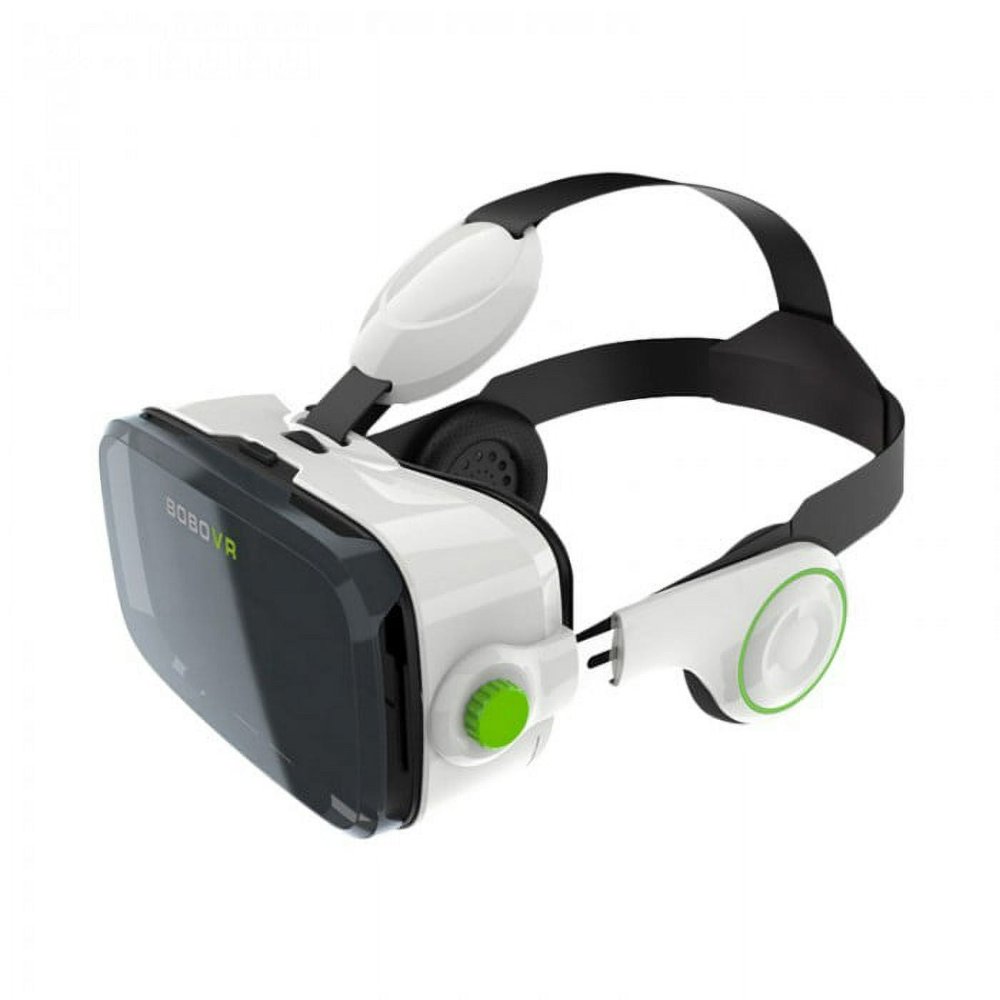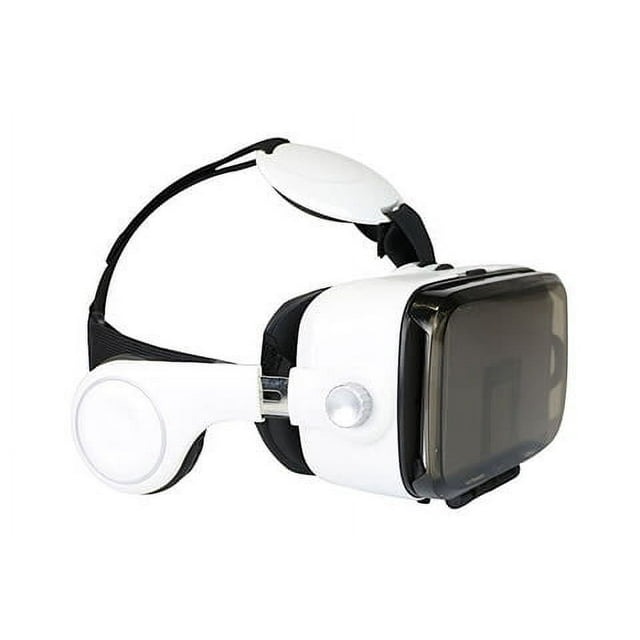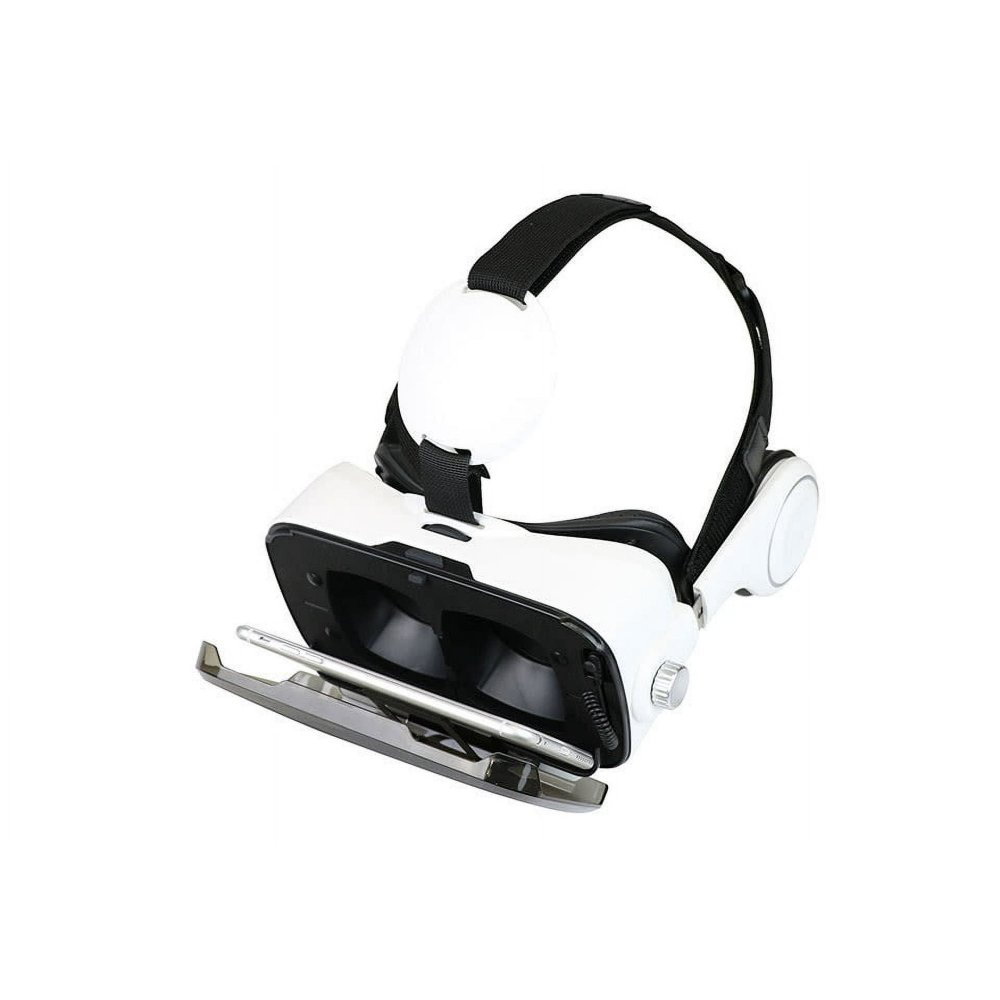The Rise of VR Technology for Kids
The world of technology is constantly evolving, and virtual reality (VR) is no exception. In recent years, we’ve seen a significant shift in the VR landscape, with a growing focus on the younger crowd. This surge in interest for VR headsets for kids is changing the way we think about interactive play and education.
The market has responded to this demand with a variety of VR products geared towards children. These devices are designed with safety and ease-of-use in mind, offering kids a chance to experience immersive worlds while also considering their well-being. From games that transport them to fantasy lands to educational content that makes learning fun, VR technology is expanding the horizons for kids around the globe.
As parents and educators become more aware of the potential benefits of VR, they are increasingly seeking out headsets that cater specifically to children. These vr headsets for kids are not just scaled-down versions of adult devices, but thoughtfully crafted tools that encourage learning, creativity, and play in a manner that’s accessible and enjoyable for young users.
The rise of VR technology for kids also signifies a shift in the industry’s priorities. Manufacturers are now focusing on creating experiences that foster development and family-friendly content, paving the way for the next generation of tech-savvy individuals. This movement toward child-friendly VR indicates a bright future for the technology, with the potential to impact education and entertainment for kids in a profound way.

Key Features to Look for in a Child-Friendly VR Headset
When shopping for VR headsets for kids, it’s crucial to know what makes a device child-friendly. Here are the key features to consider:
- Comfort and Adjustability: Children vary in size and so should their VR headsets. Look for adjustable straps and padding that cater to a comfortable fit for various head sizes. Lightweight designs are also preferable, as they are easier for kids to wear during longer sessions.
- Durability: Kids can be tough on tech. A child-friendly VR headset needs to withstand bumps and drops. Durable materials and robust construction are a must to ensure the headset lasts.
- Ease of Use: Complicated setups can frustrate kids and parents alike. Choose VR headsets that are easy to use with simple, intuitive controls and straightforward operation.
- Safety Features: Eye protection and parental controls are critical for keeping kids safe. Look for headsets with blue light filters and the option to limit session times.
- Age-Appropriate Design: The design should appeal to children but also be practical. Bright colors and patterns might catch their eye, but avoid small, detachable parts that could pose a choking hazard.
- Content Availability: Ensure there’s a good range of age-appropriate VR content compatible with the headset. From educational apps to fun games, the content should engage kids while catering to their developmental needs.
Choosing the right VR headset for a child involves balancing fun with functionality and safety. By keeping these features in mind, you can find a device that will provide a positive and nurturing experience for your little ones.
Top VR Headset Models for Kids in 2025
When selecting the best VR headsets for kids in 2025, it’s important to pick top-notch models. Here is a list of some of the leading VR headset models that strike the perfect balance between fun, functionality, and safety for kids:
- The PlayVR Junior: This model boasts a comfortable and lightweight design, with durable construction ready to handle the exuberance of playtime. It has adjustable straps and a selection of educational and entertaining games tailored for children.
- KidzView VR: The KidzView VR features a padded headband and eye protection including a blue light filter. It is designed with an intuitive interface, making it easy for kids to navigate their VR experience independently.
- VirtualPlay Explorer: Built specifically for durability, the VirtualPlay Explorer integrates robust materials to withstand accidental drops. It provides a wide range of parental controls and an impressive library of child-friendly content.
- EduVR Quest: Prioritizing educational content, the EduVR Quest offers a vast array of learning applications. It combines comfort with an age-appropriate design, allowing for a seamless blend of education and play.
- FantasyRealm VR: For children seeking adventure, the FantasyRealm VR offers a captivating design and access to a vast world of fantasy games. Its safety features ensure parents can rest easy while kids explore virtual lands.
These models have been handpicked for their exemplary performance, engaging design, and a commitment to child safety. Remember, the best VR headsets for kids are those that provide an enjoyable learning experience while ensuring the child’s comfort and security.

Safety Guidelines for Children Using VR
With the increasing popularity of VR headsets for kids, it’s crucial to follow safety guidelines. Virtual reality offers a fantastic way for kids to learn and play, but it should always be paired with safety measures. Here’s what parents and caregivers should consider to keep children safe in the virtual world:
- Monitor Use Time: Prolonged VR use can affect a child’s developing eyes and cause discomfort. Limit the time kids spend in VR and ensure they take regular breaks.
- Supervise Play Sessions: Always supervise children when they’re using VR headsets. This helps prevent accidents and ensures they’re engaging in appropriate content.
- Maintain Physical Space: Create a safe play area free of obstacles. Children can become unaware of their real surroundings in VR, so remove any items they could trip over or bump into.
- Check for Comfort: Ensure the headset fits well and isn’t too tight. A comfortable fit reduces the risk of headaches and excessive pressure on the face or eyes.
- Adjust Settings: Use parental controls to manage what content is available. Many VR headsets for kids come with settings to limit exposure to uncomfortable or inappropriate content.
- Promote Awareness: Teach children about the difference between the virtual and real world. They should understand that actions in VR don’t carry the same consequences as in real life.
By following these guidelines, parents can help create a safe and enjoyable VR experience for their children. It’s all about finding a balance between fun and safety, allowing kids to reap the benefits of VR while keeping their well-being at the forefront.
Age-Appropriate VR Content for Kids
When it comes to vr headsets for kids, content is just as important as hardware. Ensuring that the virtual realms they explore are suitable for their age group is paramount. Below, we discuss the importance of age-appropriate VR content and what makes it so critical for young minds.
The Importance of Age-Specific Content
Age-specific VR content ensures that children engage with material that aligns with their developmental stage. This content can help foster learning, creativity, and digital literacy in a fun and engaging way. Parents should look for VR experiences that are not only entertaining but also offer educational value aligned with their child’s age and interests.
Identifying Appropriate Content
For optimal experience, content should be curated to avoid themes that are too complex or mature for younger audiences. Many VR platforms categorize content by age group, making it easier for parents to select suitable games and educational programs.
Educational vs. Entertainment Content
It’s essential to strike a balance between educational and entertainment content within VR. Interactive educational programs can make learning more dynamic and memorable, while age-appropriate games can improve problem-solving skills and hand-eye coordination.
By focusing on securing age-appropriate VR content for kids, parents and educators can utilize vr headsets for kids safely and effectively as tools for learning and play. Suitable content will enrich the VR experience, contributing to a child’s growth and development while ensuring they have fun in the process.

Understanding the Educational Benefits of VR for Children
Virtual reality (VR) does more than entertain – it educates. When children use vr headsets for kids, they step into new ways of learning. Here’s how VR headsets can aid their education:
- Interactive Learning: VR brings subjects to life. Kids can visit historical sites or dive deep into the human body, making learning active and engaging.
- Enhanced Retention: The immersive experience VR provides helps children remember information better. Learning becomes an experience they recall with ease.
- Accessibility: VR introduces kids to worlds and experiences they might not otherwise access. It could be outer space, underwater realms, or distant lands, all reachable from the classroom or home.
- Special Needs Education: For children with special needs, VR can offer tailored educational environments. These can align with their learning requirements and help them keep pace with their peers.
- Cultivating Interest: By making learning fun, VR can foster a lifelong love for education. It can ignite passion in areas like science, technology, engineering, and mathematics (STEM).
- Safe Experimentation: In a virtual lab, kids can conduct experiments with no real-world risks. They learn through trial and error without fear of failure.
- Global Connectivity: VR connects classrooms across the globe. Students can work together on projects, sharing perspectives and cultures.
- Skill Development: VR educates beyond academics. It teaches problem-solving, teamwork, and communication as kids navigate through virtual challenges together.
By integrating vr headsets for kids into education, we open doors to a new dimension of learning. These benefits show the potential of VR in shaping confident, curious, and tech-savvy future generations.
Comparing Prices and Quality for Kid-Friendly VR Headsets
When choosing vr headsets for kids, comparing prices and quality is essential. These points below will guide parents to make an informed choice:
- Check Reviews and Ratings: Look for user feedback on various models. High ratings often mean better quality.
- Compare Features to Price: Match the cost to the features offered. Ensure you’re not overpaying for unnecessary extras.
- Look for Warranty and Support: Good customer service and a warranty can save money on repairs.
- Avoid the Cheapest Options: Very low prices might indicate poor quality or lack of safety measures.
- Research Brand Reputation: Established brands are likely to offer reliable, safe headsets for children.
- Test Before Purchase: If possible, try out the headset. Check for comfort, ease of use, and image quality.
- Check Content Cost: Some headsets may require additional purchases for games or educational content.
By thoroughly comparing these factors, parents can find a VR headset that’s both affordable and high-quality for their children.
Setting Up the Perfect VR Gaming Space for Kids
Creating a dedicated gaming space for kids to enjoy vr headsets can enhance their experience. Here are tips for setting up the ideal environment:
- Choose a Safe Area: Pick a spot in your home free from hazards. This area should have enough space for children to move around without bumping into furniture.
- Keep It Organized: Have a storage solution for the VR headset and accessories. This keeps the area tidy and prevents damage to the equipment.
- Soft Flooring: Consider soft mats or carpeting. They can cushion falls and reduce noise.
- Adequate Lighting: Good lighting is important, but avoid glare on the VR lenses. Adjustable blinds or dimmers can help control the light.
- Ventilation: Ensure the gaming space is well-ventilated. This helps prevent the room from getting too warm and keeps kids comfortable.
- Noise Control: If the space is shared, think about ways to minimize disruption. Soundproofing materials can help contain noise.
- Tech Support: Set up a charging station for the VR headsets and controllers. This keeps the devices ready for use.
- Personalize: Let your child personalize their gaming space. Posters and art can make the space more inviting.
A well-thought-out VR gaming space not only ensures safety but also helps kids get the most out of their vr headsets. It’s a place where they can explore, learn, and have fun in a controlled and comfortable environment.